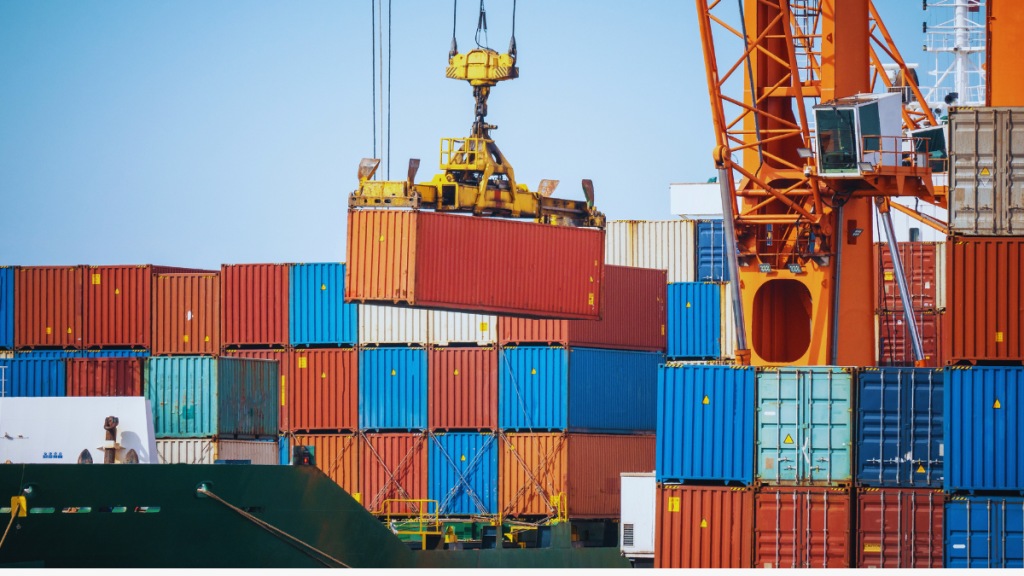India and the European Union (EU) have covered substantial ground on agriculture trade in the latest round of free trade agreement (FTA) talks held in Brussels, but the movement on automobiles, steel and certain non-tariff barriers have been slow, according to official sources.
Both sides aim to conclude the deal by the end of this year. “Talks are progressing well. There are issues which need resolution such as steel and automobiles. No major issue is pending in agriculture,” a senior official told reporters on Monday.
Greater access to Indian auto markets for the European manufacturers is one of the major demands of the 27-member grouping. In steel the EU has put safeguard duties in the form of Tariff Rate Quotas (TRQ) on imports from all countries since 2018. Though these measures were imposed in 2018 for two years, it has seen multiple extensions and are now set to expire in 2026.
Under the TRQ mechanism every country is issued a quota for export of 26 steel products to the EU. This quota was fixed at 105% of the average imports between 2015 and 2017 from that country. Any exports beyond this quota attract extra 25% duty.
Steel and aluminium trade with the EU is also facing carbon tax from 2026. The tax under Carbon Border Adjustment Mechanism (CBAM) will be collected from January 1, 2026 while the reporting requirements on carbon emissions at the production stage on steel and aluminium began from October 1, 2023.
Because of the complexities involved in reporting several companies have opted out of exporting to the EU leading to a 24.4% drop in India’s steel and aluminum exports – to $ 5.82 billion in FY2025 from $ 7.71 billion in FY2024, according to GTRI.
India is seeking concession on CBAM for Indian exports as the tax will nullify any tax advantage that the FTA might bring. CBAM will also be applicable on cement, fertilisers, hydrogen and electricity. Apart from CBAM, the EU has come up with Deforestation Regulations (DR) that can curb agriculture exports if they are grown on lands recovered after deforestation. Other measures by the EU on sustainability will act as a non-tariff barrier.
The FTA covers 23 policy areas or chapters, including Trade in Goods, Trade in Services, Investment, Sanitary and Phytosanitary Measures, Technical Barriers to Trade, Trade Remedies, Rules of Origin, Customs and Trade Facilitation, Competition, Trade Defence, Government Procurement, Dispute Settlement, Intellectual Property Rights, Geographical Indications, and Sustainable Development.
The official said in every round of negotiations progress is made on each of these sectors. Some of the chapters have already been closed. Besides demanding significant duty cuts in automobiles, the EU wants tax reduction on medical devices, wine, spirits, meat, poultry, and a strong intellectual property regime. Indian demands are in labour intensive sectors and its areas of strength like pharmaceuticals, steel and electrical machinery.
As part of the efforts to diversify markets and gain greater market access, commerce and industry minister Piyush Goyal will visit New Zealand next month. India and New Zealand are also negotiating an FTA and have held three round of negotiations on it.

